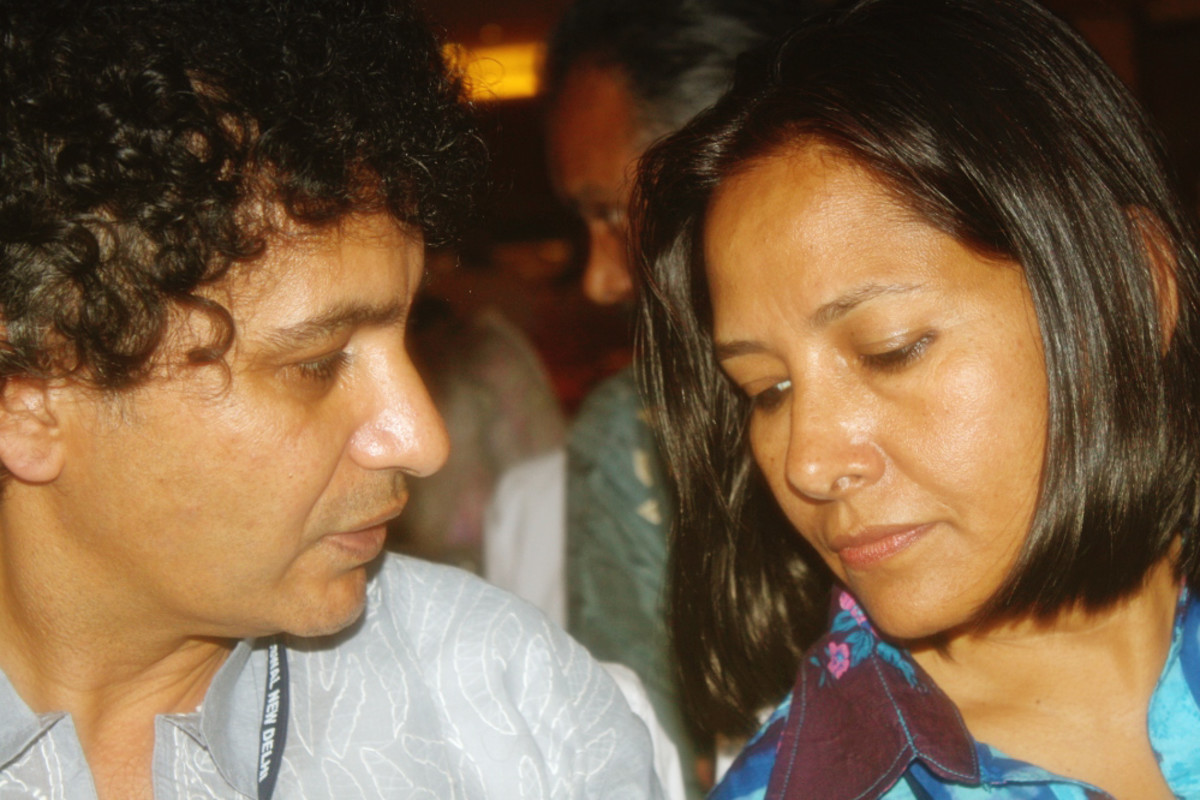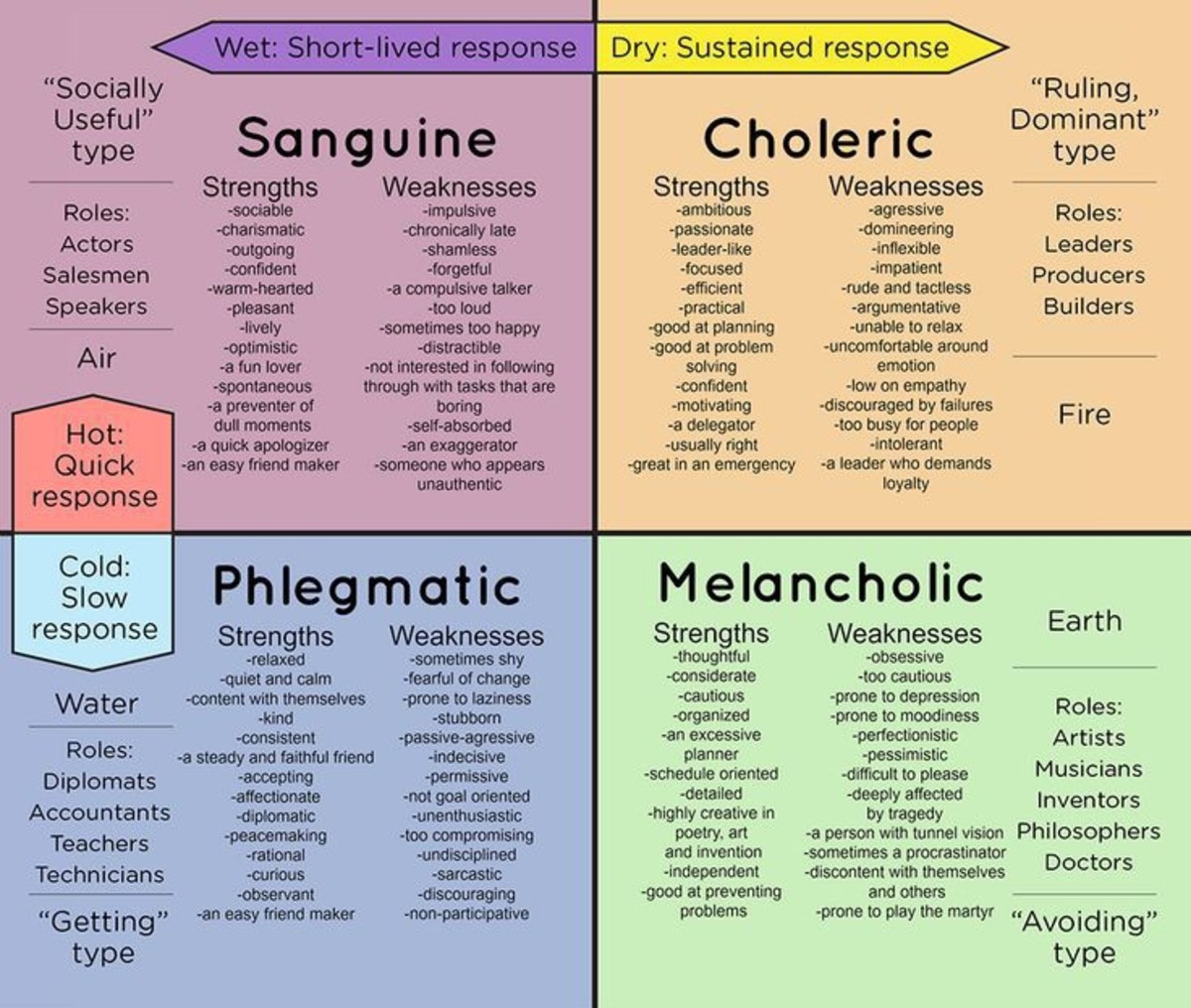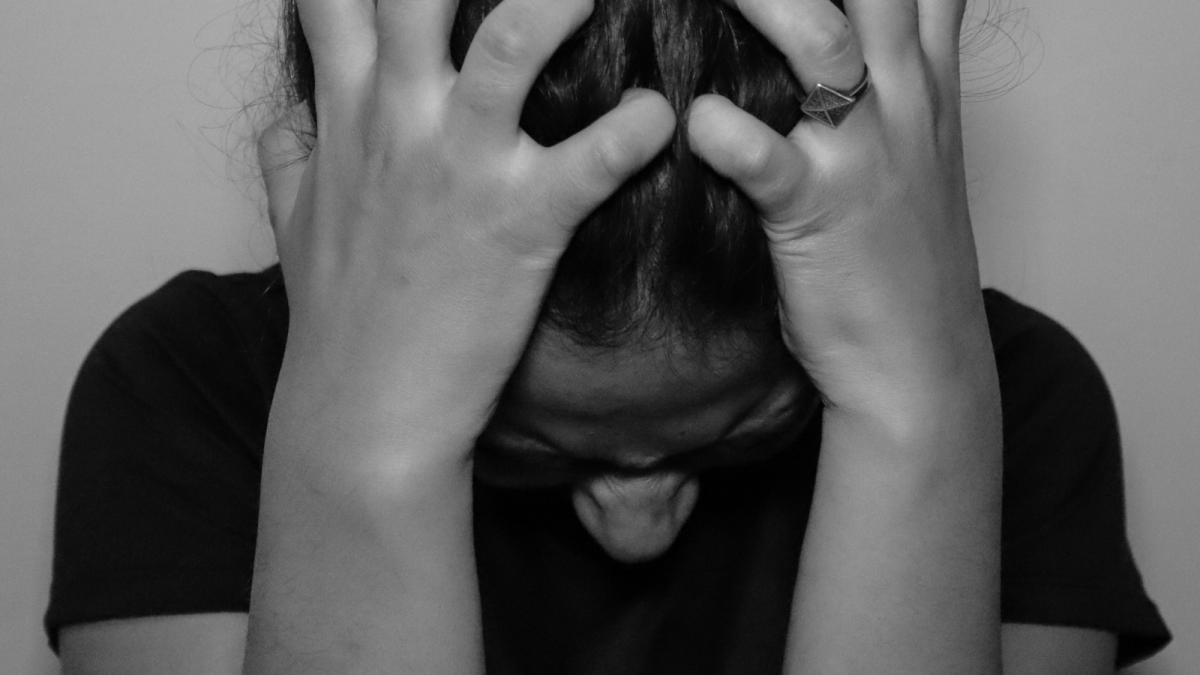The Difference Between Action and Reaction - It Is Not His/Her Fault

Right and Wrong
We tend to look at social situations and form our own opinions based on what we know as true and how we may interpret the situation. Often this includes attributing the fault to one or more involved parties. Many people simply respect others' opinion while still retaining their own. We tend to think of social situations as with generally accepted rights and wrongs based on popular opinions. Some people simply state that social occurrences are just too complex to analyse and the formation of a conclusion is never straight-forward. All interactions, whether social or physical, are comprised of action and reaction, and here we will explore the difference.
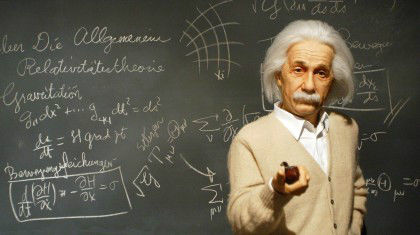
Action and Reaction Math and Physics
In reality, there is nothing such as an isolated incident, that is to say, every event or happening is affected by some other event that occurred prior to it and the occurring event itself would affect particular events that occur after it.
In the realm of Mathematics, events that do not affect each other are called mutually exclusive. These mutually exclusive events both have probabilities that do not affect the other. For the most part, these statements are only theories and theories rarely hold true when tested practically. Most events that occur in reality are not mutually exclusive, that is to say, most events occurring in the real world do affect each other.
Connected to these thoughts is physics. Physics describes the interaction of all physical matter. Newton's third law states that every action has an equal and opposite reaction. For example, to stand on a floor, a person exerts a downward force on the ground equal to their weight, as well as the floor exerts an upward force that is equal in magnitude to the person's weight on the person through their feet. If for some reason, such as that the floor is thin, the floor is unable to exert this upward force that is equal in magnitude to the person's weight, the floor will crack or break. The downward weight of the person can be considered the action, and an upward force exerted by the floor can be considered the reaction.
Now, the combination of both this action and reaction is called the interaction of the person and the floor, and only with both variables of action and reaction can the outcome of the interaction be determined. We cannot determine if the floor will hold or break will only either the weight of the person or only the thickness of the floor. Both are necessary.

Who Is Wrong In This Situation?
This same train of thought we may apply to social situations. Suppose we have a quarrel between two people. The situation is such that person 1 was supposed to pay person 2 some money from a previous transaction by a particular date. The date has now passed. Person 1 is very upset with person 2 and takes the action of cursing and demeaning person 2. Person 2 is now upset and is unwilling to pay person 1. Most of us will agree that the end result of the incident was not desirable.
In such a situation some people may say that person 2 was wrong since person 2 did not keep his/her word to pay person 1 by the particular date. However, taking into consideration what was previously discussed, we see a different answer. Let us apply the principles we explored.
In this situation, person 2 performed the action of not paying person 1 on time. Person 1 performed the reaction of violent behaviour. The outcome of this situation was bad in that both person 1 and person 2 are now upset, and person 2 is even less likely to pay his/her dues, further exacerbating the situation. To achieve the best outcome, person 1 should have performed an ideal reaction.
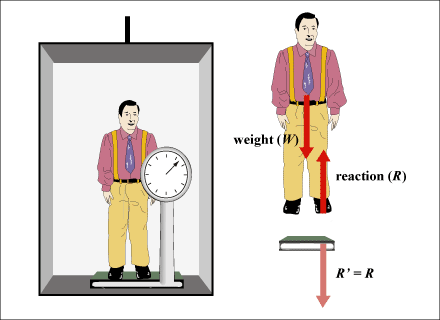
An Ideal Reaction
An ideal reaction is a reaction that matches the action. The ground applies an equal and opposite force to a person's weight to achieve a balance and allows the person to stand on the ground. In this arrangement, the reaction produced is ideal. If the reaction was non-ideal, in that the ground was unable to apply an equal force to the person but instead producing too little force, the ground would break. Conversely, assuming that ground could apply an excess force such as in a very fast moving elevator, if the ground applied too much force to the person, the person would fall to the ground if their legs could not withstand the force.

Remedying The Situation
Now in discussed situation, we can say that the action of person 2 was negative. The reaction by person 1 was also negative. As explored above, to achieve balance the reaction must be equal and opposite to the action. However, both action and reaction were negative. This is why the outcome was negative. To achieve balance and fairness, person 1 should have reacted in a positive manner fitting to the situation. Reaction is action without foresight. The ideal reaction, on the other hand, takes into consideration the situation and acts according.
We might also wonder why not to perform a positive reaction greater in magnitude to the negative reaction. If that we to occur, while the outcome would be positive, there would be imbalance and unfairness. Any unbalanced system will not perform optimally. In context, person 1 may begin to feel slighted that person 2 causes him/her to have to do so much to fix the situation.

How Outcome Decides Right And Wrong
Let us consider another hypothetical situation. If a person intended to kill another, but somehow ended up saving a life, would this person be regarded as a hero or a villain? We all know that this person would be regarded as a hero, especially if his/her initial intent is not known. Even though the person's intentions were bad, the outcome of his/her actions ultimately decided what this person was seen as. The initial negative action of attempting to take a life caused some positive reaction which was greater in magnitude to the initial action and the outcome of the interaction ended up being positive. In the same way, it is only by determining the outcome of the interaction of an action and a reaction can we truly determine whether the interaction, as well as its components of action and reaction, are indeed right, wrong, good or bad.
© 2017 ninjaapple

